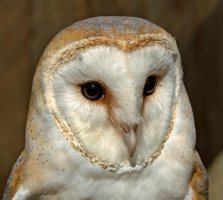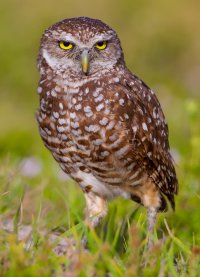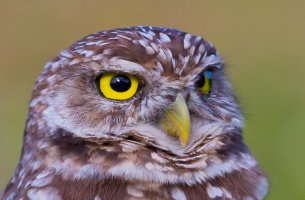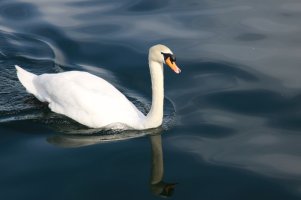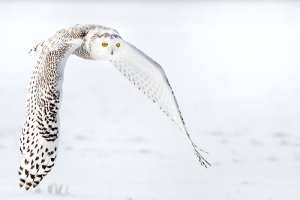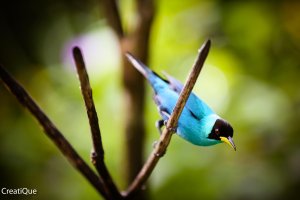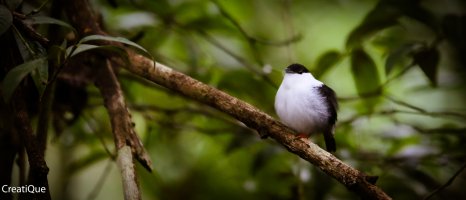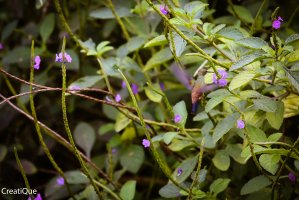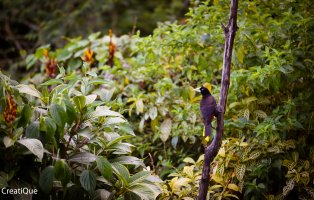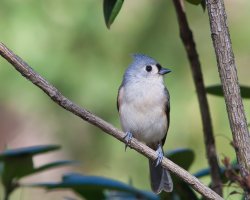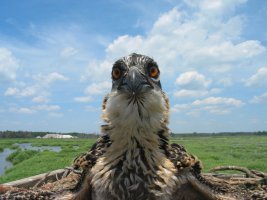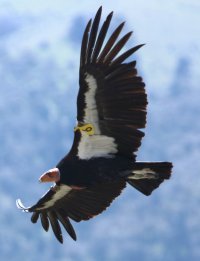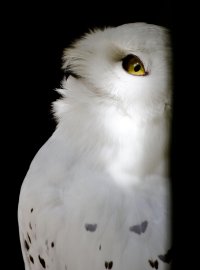Use a long focal length zoom telephoto lens with a range of 70-200mm is ideal.
Switch to Aperture Priority mode and choose a medium aperture with an f-stop of f/7.1.
Switch to an ISO setting that yields a shutter speed that is the reciprocal of the 35mm equivalent of the focal length you’re using to photograph the bird.
Enable image stabilization if your camera or lens has this feature.
Switch to Continuous Auto-Focus mode.
Switch to Continuous Drive mode.
Switch to a single auto-focus point and achieve focus on the eye that is closest to the camera.
If possible, photograph birds on an overcast day, or when the bird is in the shade.
If you’re photographing birds in broad daylight, capture your images in the early morning or late afternoon.
If you do photograph the bird straight on in broad daylight, make sure the front of the bird is illuminated.
If you’re photographing the side of the bird’s head in broad daylight, make sure the side of its head is completely illuminated.
nightvision binoculars

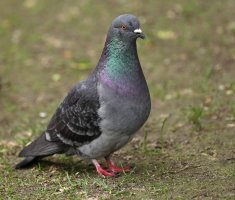
![IMG_9903b[1].jpg](/forum/data/attachments/15/15304-4f2f2eba8d3d45d4037d668b73efe6d8.jpg?hash=Ty8uuo09Rd)
